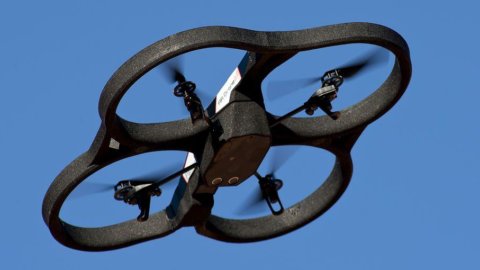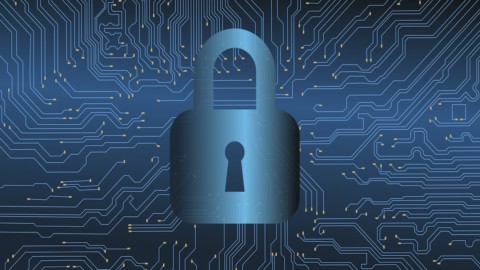A happy island, never a year of stalemate, let alone a crisis and, indeed, constant growth with some sectors even in the double digits. It is the somewhat mysterious but very pervasive world of security, anti-theft, anti-robbery, anti-aggression, and, finally, special security or anti-terrorism. And this happens in Italy, in Europe, all over the world. In 2016 according to ANIE Safety data, the sector,. including building automation, expressed a turnover of 2,2 billion in Italy with an increase of 5,1%. And with a +10% for video surveillance but also not bad for anti-intrusion with a +7,3%. Fear makes headlines it will be said but it is a fact that Italians are increasingly afraid of thefts which, despite having been declining for some years, have taken on violent, bloody methods that draw huge headlines, television services of equal violence, all to impress and terrorize. Furthermore, the thieves, no longer able to carry out the sensational robberies of the past – the banks all look like Fort Knox – and in the apartments of super-protected condominiums, have intensified their activities towards single residential and small shops.
Home security drones
Fear, especially if solicited and fueled by the mass media and populist movements, pays both politically and economically and to demonstrate it here are some data: worldwide sales in the sector will maintain a very strong growth rate and will rise from 206,69 billion dollars in 2016 to 373 in 2020. And it will be - as it has been for two years already - a race for the most advanced technologies, with a fallout from the military sector, because for example the world market of security drones also for domestic use which has exceeded in 2016 the 1,6 billion euros, will have an index of increase in sales, year by year, of 5% up to 2020. Companies, instead of badges, are increasingly using the smartphone for physical access so much which, according to Gartner, will be 3% within 20 years. At the next specialized exhibition Security 2017, which will take place in Fiera Milano from 15 to 17 November, specialized visitors will be able to see a preview of these and other innovations, an appointment that registers, among other things, a particular trend: an increasingly stronger due to the fact that terrorism and the mafias are forcing even the most rebellious governments to partially surrender their operational confidentiality in order to be able to contain the growing very high risks. Indeed, from one edition to the next, the Security exhibition saw a 50% increase in foreign exhibitors. A good sign? Yes, on the one hand, but at the same time it is technology that reveals the worrying, very worrying side of this presumed international collaboration which is very scarce in some countries.
Terrorist cameras? They are not used
They talk about it discreetly in the corridors of the so-called NATO Centers of Excellence and Competence; if only the available Artificial Intelligence video surveillance cameras had been used and some designed and manufactured in Europe (especially in France) the bomber of March 2016 at Brussels airport, the one with the hood, unrecognizable, would have been recognized in a few minutes . And not like it happened in more than a month. And this also happened in other episodes even in France. Airports, stations, subways: all places that have recorded episodes of terrorism, but which did not have the latest generation cameras: a pity because the recognition of faces and license plates would have required seconds, not months, as has happened. . No, not in Italy where counter-terrorism certainly seems to be more agile, equipped and above all equipped with excellent investigative systems. We spoke to experts in Paris on the subject and they explained this abysmal time difference to us. First of all, in Brussels it was enough to have special cameras with automatic facial recognition. With Artificial Intelligence, AI, even when the face of the terrorist is in the dark, the camera is of poor quality, there is no lighting and, as often happens, the criminal wears a hood, well with the AI, which identifies the micro-details of the images, it is possible to trace the individuals. With certainty and precision and in just a few minutes. Analyzing millions of data and crossing as many but you can. These cameras are in use in banks and businesses but rarely at very high risk sites. Perhaps a visit to specialized exhibitions such as Sicurezza 2017 in Milan would be very useful to those in Europe who sit in the anti-terrorism armchairs.
From the blog Paula's house




